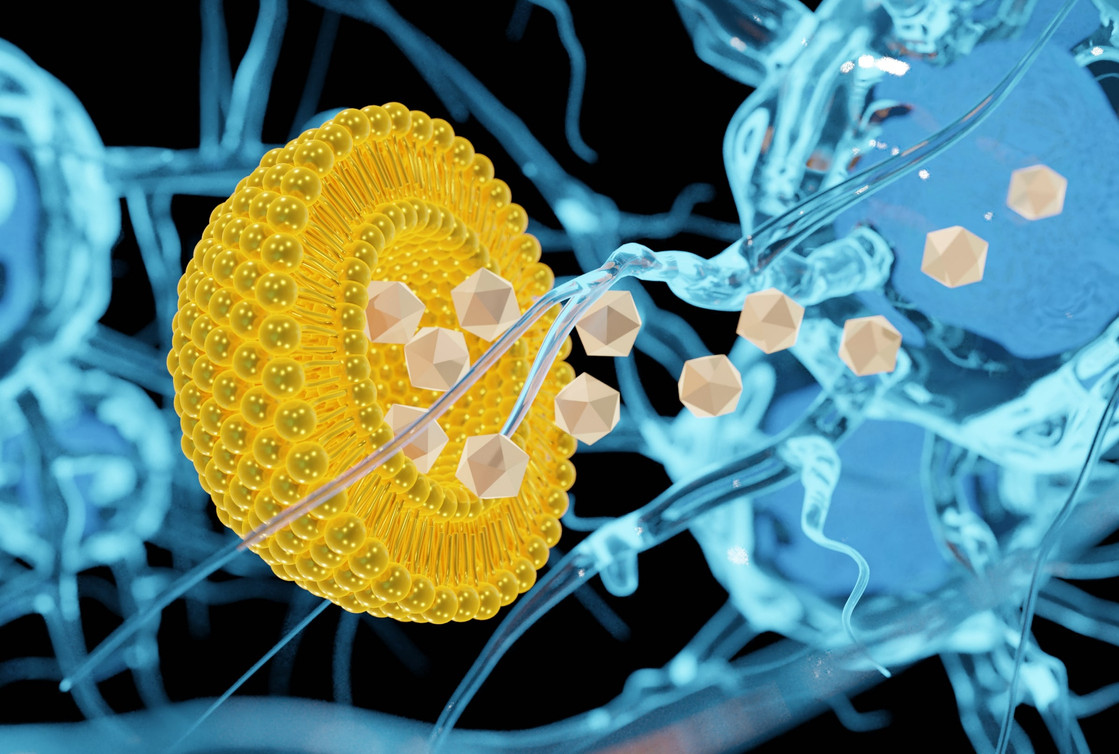In modern medicine, where precision and effectiveness are paramount, nanomedicine stands at the forefront of innovation. Harnessing the power of nanoparticles, this burgeoning field has transformed drug delivery, offering new avenues for targeted therapies and improved patient outcomes.
Understanding Nanomedicine
Nanomedicine employs nanoparticles, often ranging in size from 1 to 100 nanometers, to deliver drugs with unprecedented precision. These tiny carriers can navigate through the intricate pathways of the human body, reaching specific cells or tissues that traditional drugs struggle to access. This capability enhances therapeutic efficacy and minimizes side effects by reducing exposure to healthy tissues.
Targeted Drug Delivery
One of the most significant advancements facilitated by nanomedicine is targeted drug delivery. Unlike conventional methods where drugs circulate broadly through the bloodstream, nanoparticles can be engineered to release drugs directly at the site of disease. This approach is particularly transformative in treating conditions like cancer, where precise delivery can maximize drug effectiveness while minimizing damage to healthy tissues.
Overcoming Biological Barriers
The human body presents numerous biological barriers that traditional drug delivery systems often struggle to overcome. Nanoparticles, however, can bypass these obstacles. For instance, they can penetrate the blood-brain barrier, enabling treatments for neurological disorders that were previously challenging to address. Similarly, nanoparticles can navigate through the dense extracellular matrix of tumors, enhancing the delivery of chemotherapeutic agents directly to cancer cells.
Enhanced Imaging and Diagnosis
Beyond drug delivery, nanomedicine has revolutionized medical imaging and diagnostics. Magnetic nanoparticles, for instance, are employed in magnetic resonance imaging (MRI) to improve contrast and enable earlier detection of diseases like cancer. These nanoparticles can also be functionalized to target specific biomarkers, aiding in the precise localization and characterization of tumors and other pathological conditions.
Non-Invasive Approaches
Another frontier where nanomedicine excels is noninvasive drug delivery. Traditional methods often require invasive procedures such as injections, which can be painful and carry risks of infection or tissue damage. Nanoparticles offer noninvasive alternatives, with the potential for oral, nasal, or transdermal delivery routes. This enhances patient comfort and improves treatment adherence and overall therapeutic outcomes.
Future Prospects and Challenges
Looking ahead, the future of nanomedicine in drug delivery appears promising yet challenging. Researchers continue to explore new nanoparticle formulations, surface modifications, and targeting strategies to optimize drug efficacy and safety profiles. Challenges such as nanoparticle stability, biocompatibility, and regulatory considerations remain active research and development areas.
Conclusion
In conclusion, nanomedicine represents a paradigm shift in drug delivery and medical treatment. By leveraging the unique properties of nanoparticles, this field has unlocked new possibilities for targeted therapies, enhanced diagnostics, and non-invasive treatments. As research progresses and technology advances, nanomedicine is poised to play an increasingly pivotal role in shaping the future of healthcare, offering hope for more effective, personalized, and patient-friendly medical interventions.
References
- National Institutes of Health. Nanomedicine: Current Status and Future Prospects.
- European Medicines Agency. Nanomedicines in the EU: Science, Medicine and Regulation.
This blog post explores the transformative impact of nanomedicine on drug delivery, highlighting its potential to revolutionize medical treatments across various disciplines.

